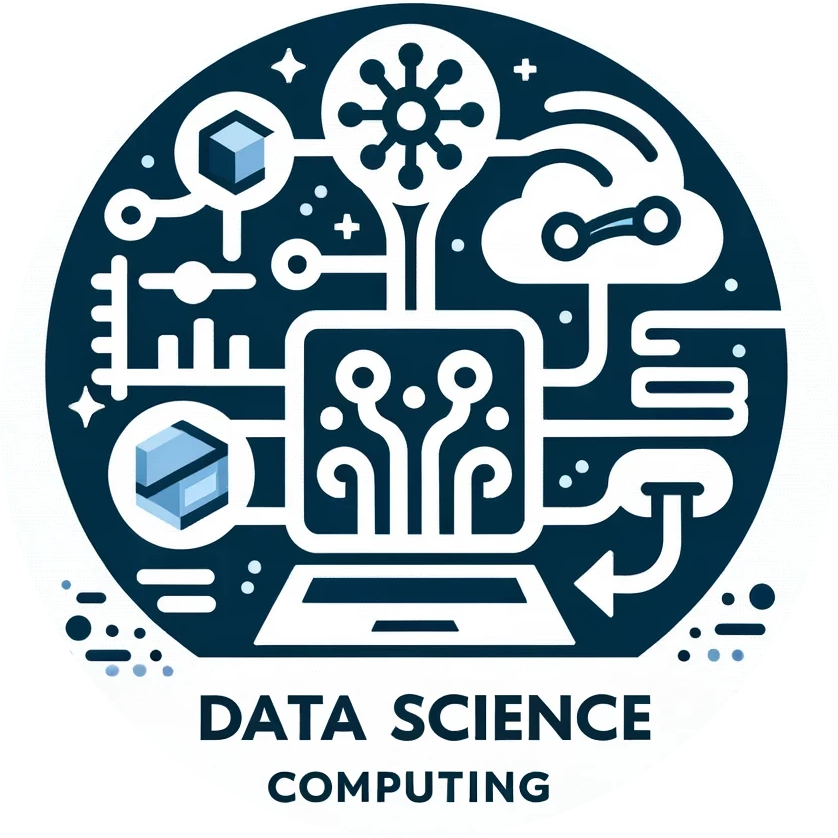Problem Set: Collaboration and Version Control with Git and GitHub
Objective:
To familiarize students with the basics of version control using Git and GitHub, this problem set requires students to collaborate on a project, manage different versions of files through branches, commit changes, resolve conflicts, and merge their work into the main branch. The final product will be a cohesive document (README file) detailing their utopian data science project.
For example, my utopian data science project, Rhetoric, aims to daily collect and store all world politicians’ messages and speeches to forecast policy outcomes and regime transitions.
Problem Set Instructions:
- Setting Up:
- Form groups of up to three members.
- Each group will create a new public repository on GitHub with the following name:
2024Summer1_qtm350_ps01. - Each group will give a creative title to the utopian data science project.
- Initialize the repository with a README file describing the project’s goal.
- Branching Out:
- Each member will create their own branch from the main branch.
- Assign different sections of the README file to each member for parallel development.
- Collaborative Work:
- Each member should clone the repository to their local machine.
- Members will checkout to their respective branches to start working on their assigned sections.
- Committing and Pushing:
- After completing the work on their section, each member will commit the changes with a meaningful commit message.
- Push the commits to the corresponding remote branch on GitHub.
- Pulling and Updating:
- Before merging, each member should pull the latest changes from the main branch into their own to handle any new updates.
- Resolve any merge conflicts that might arise and commit the resolution.
- Code Review and Merging:
- Once all members have pushed their updates, perform a code/text review. You can use GitHub’s pull request feature.
- After reviewing, merge each feature branch into the main branch.
- Ensure that all members’ contributions are reflected in the main branch.
- Finalizing the README:
- Collaboratively edit the README file in the main branch to include:
- Project title, description, objectives, and members’s names.
- Contributions by each member.
- Challenges faced and how they were overcome.
- Any references or resources used.
- Collaboratively edit the README file in the main branch to include:
- Submission:
- Submit the link of the the GitHub repository thorough GradeScope. Do not forget to assign the group members!
- Ensure the main branch contains the final README file and any other project files.
- The history should clearly show each member’s contributions and commits.
Assessment Criteria:
- Collaboration: Participation from all members is evident from the commit history.
- Documentation: The README file should be well-organized, informative, and reflective of the work done.
- Commit Quality: Commit messages are clear, concise, and descriptive of the changes made.
Hints!
Commit frequently with clear messages that accurately describe each change.
Regularly communicate with your team to avoid redundant work or conflicts.
Use GitHub issues or project boards to manage and track tasks.
Review each other’s code thoroughly before merging into the main branch.
Check the additional material in the topic webpage and slides. Also:
